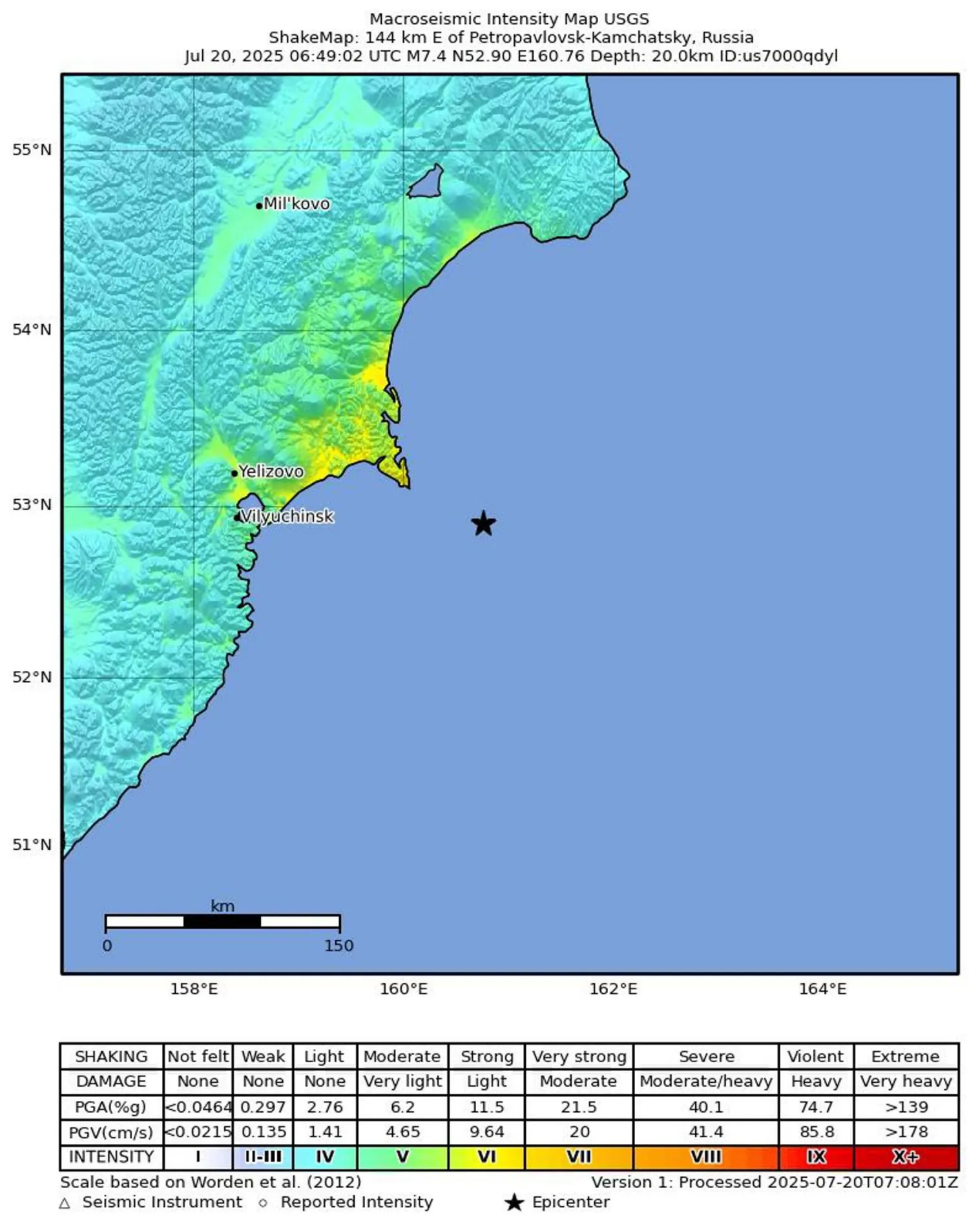Representative Mike Turner, Republican chair of the US House of Representatives intelligence committee, has issued a statement warning of a "serious national security threat."
"I am requesting that President Biden declassify all information relating to this threat so that Congress, the Administration, and our allies can openly discuss the actions necessary to respond to this threat," Turner said Wednesday.
He said he was making information on the matter available in a secure location to all members of the House in accordance with chamber rules.
Two sources familiar with the matter and a US official told CNN the threat is related to Russia.
ABC News first reported that the intelligence related to a Russian space-based nuclear capability.
National security adviser Jake Sullivan said he was “surprised” that Turner had made the existence of the intelligence public, noting that he was already scheduled to brief the top Republican and Democratic leaders of the House on Thursday.
“We scheduled a briefing for the House members of the Gang of Eight tomorrow,” Sullivan said. “That’s been on the books. So I am a bit surprised that Congressman Turner came out publicly today in advance of a meeting on the books for me to go sit with him alongside our intelligence and defense professionals tomorrow.”







